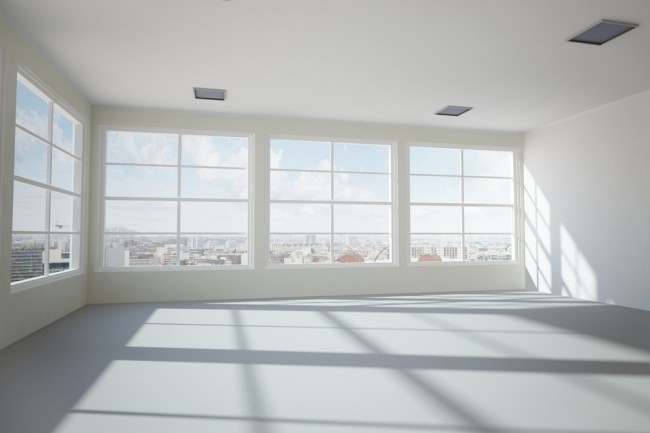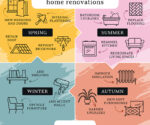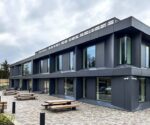Let there be light in our buildings

BSI sheds light on the recommendations for daylight in buildings with a new European standard for the provision of daylight in buildings
Few people would dispute the benefits of natural light. The positive effects of daylighting can be observed in how it supports the visual demands of building occupants, improves building performance and contributes to human health. BSI has published a new European standard for the provision of daylight in buildings which may be regularly occupied by people for extended periods – BS EN 17037:2018 Daylight in Buildings. This standard applies to all such spaces, from offices to dwellings, and takes into consideration the variations in recommendations relating to the geographical and climatic differences across Europe.
Daylighting refers to the use of natural light as the primary source of daytime illumination, whether from brilliant or overcast sunlight, to create an adequate impression of lightness indoors and provide an adequate view to outside. This standard specifies the elements for achieving this. It also provides recommendations and defines the metrics used for evaluation, calculation and verification for the duration of sunlight exposure within occupied rooms and how to limit glare.
This new European standard encourages building designers to assess day-lit spaces in buildings and ensure they’re successful. It looks at the environment surrounding a building, components immediately around the daylight openings, and the configuration of interior spaces to help those who design and light buildings to use daylight well. It also allows building designers and developers to target ambitions with respect to daylighting, as well as tackle other issues related to daylight design, such as view out, protection against glare and exposure to sunlight. Key considerations and areas to impact daylight in buildings include the use of windows, lighting systems, rooflights which should be incorporated into sympathetic building design.
It specifies elements for achieving, by means of natural light, an adequate subjective impression of lightness indoors, and for providing an adequate view out. As well, recommendations for the duration of sunshine exposure within occupied rooms are given. The standard gives information on how to use daylighting to provide lighting within interiors, and how to limit glare. It defines metrics used for the evaluation of daylighting conditions and gives principles of calculation and verification. These principles allow users to deal with the issue of variability of daylight over the course of a day and year.
BS EN 17037:2018 Daylight in Buildings supersedes BS 8206-2:2008 Lighting for Buildings, Code of practice for daylighting and was prepared by Technical Committee CEN/TC 169 “Light and Lighting”. New material included:
• The use of median daylight illuminance
• New metric for daylight glare
• New assessment for sunlight in buildings
• New ways of assessing view.
Nick Fleming, Head of Manufacturing at BSI, said: “There are many benefits in harnessing the power of daylight effectively in building design and usage: Human health through a connection with outdoors, building performance and electric lighting energy-efficiency. This new European standard provides guidance to building developers, planners, architects and lighting engineers on daylight design in domestic and non-domestic buildings including how to use daylighting to provide lighting within interiors and limit glare.”
Further information on – BS EN 17037:2018 Daylight in Buildings – can be found at: https://shop.bsigroup.com/ProductDetail?pid=000000000030342286
Tel: 0345 086 9001
E: cservices@bsigroup.com











